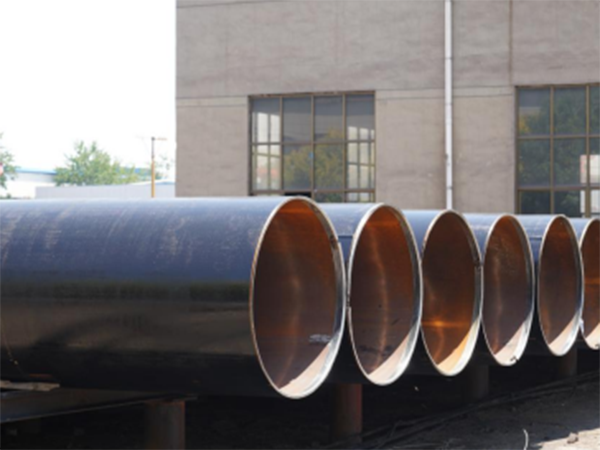Sharing China-Made with Global Customers

Sharing China-Made with Global Customers

Welding, also known as welding, is a manufacturing process and technology that joins metals or other thermoplastic materials such as plastics by heating, high temperature or high pressure. The purpose of joining is achieved in the following three ways:
1. Fusion welding - heating the workpieces to be joined to locally melt them to form a molten pool, and the molten pool cools and solidifies before joining. When necessary, fillers can be added to assist. It is suitable for welding of various metals and alloys without pressure.
2. Pressure welding - the welding process must apply pressure to the weldment, which belongs to the processing of various metal materials and some metal materials.
3. Brazing - a metal material with a melting point lower than that of the base metal is used as the brazing material, and the liquid brazing material is used to wet the base material, fill the joint gap, and diffuse with the base material to realize the connection of welding parts. It is suitable for welding of various materials, and also suitable for welding of different metals or dissimilar materials.
For straight seam welded steel pipes made of low carbon steel, the welding temperature is controlled at 1250-1460°C, which can meet the penetration requirements of 3-5mm wall thickness. The welding temperature is mainly controlled by adjusting the high frequency eddy current thermal power and welding speed.
When the input heat is insufficient, the welded edge of the heated straight seam steel pipe cannot reach the welding temperature. The metal structure remains solid, resulting in lack of fusion or penetration. When the input heat is too large, the edge of the heated weld exceeds the welding temperature, resulting in overburning or molten droplets, causing the weld to form a hole.

A common feature of various pressure welding methods is that pressure is applied during the welding process without adding fillers. Most pressure welding methods such as diffusion welding, high-frequency welding, and cold-pressing welding do not have a melting process, so there are no problems such as the burning of beneficial alloying elements and the intrusion of harmful elements into the weld like fusion welding. Thereby, the welding process is simplified, and the welding safety and hygienic conditions are improved. At the same time, because the heating temperature is lower than fusion welding, the heating time is short, and the heat affected zone is small, many materials are difficult to be welded by fusion welding. High-quality joints with the same strength as the base metal can often be welded by pressure welding.